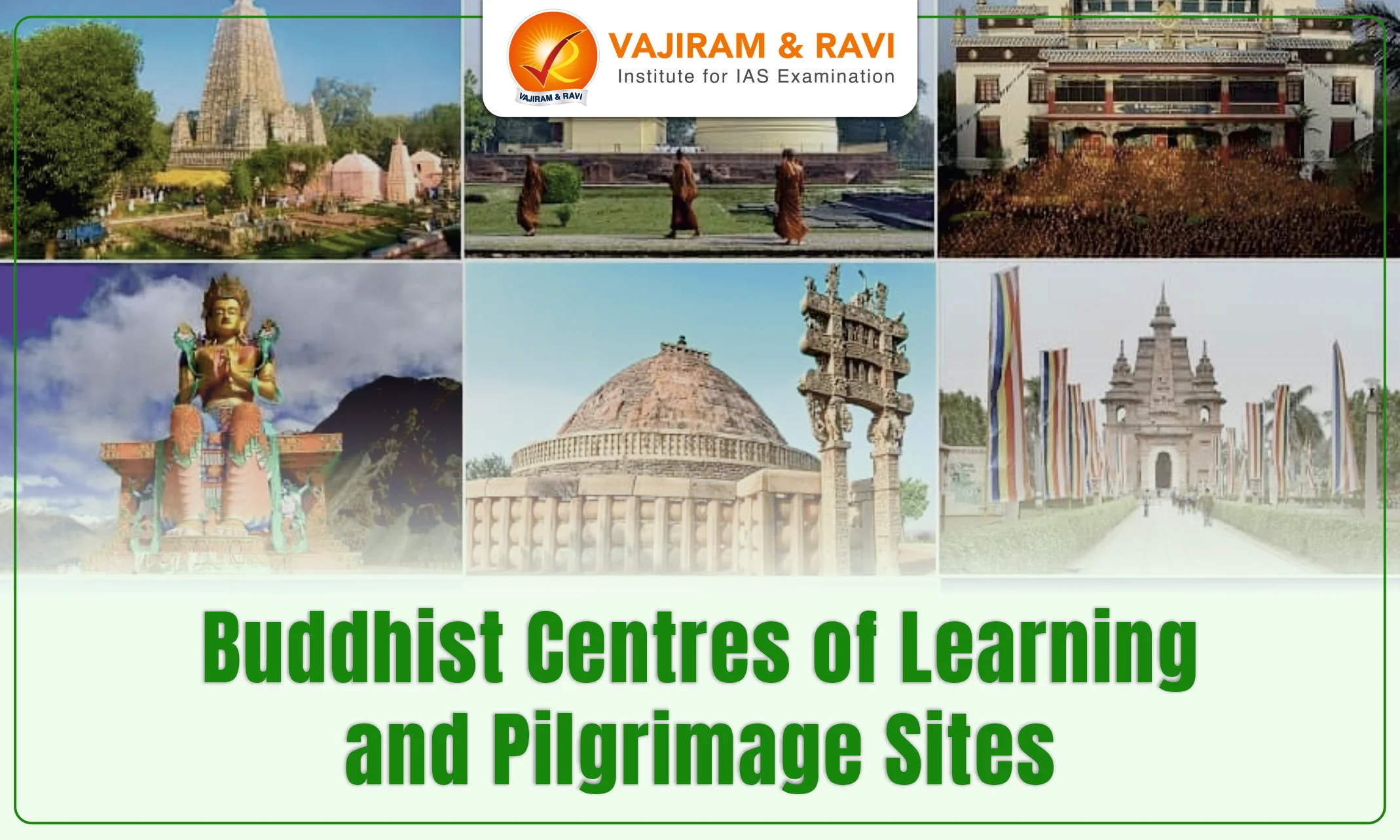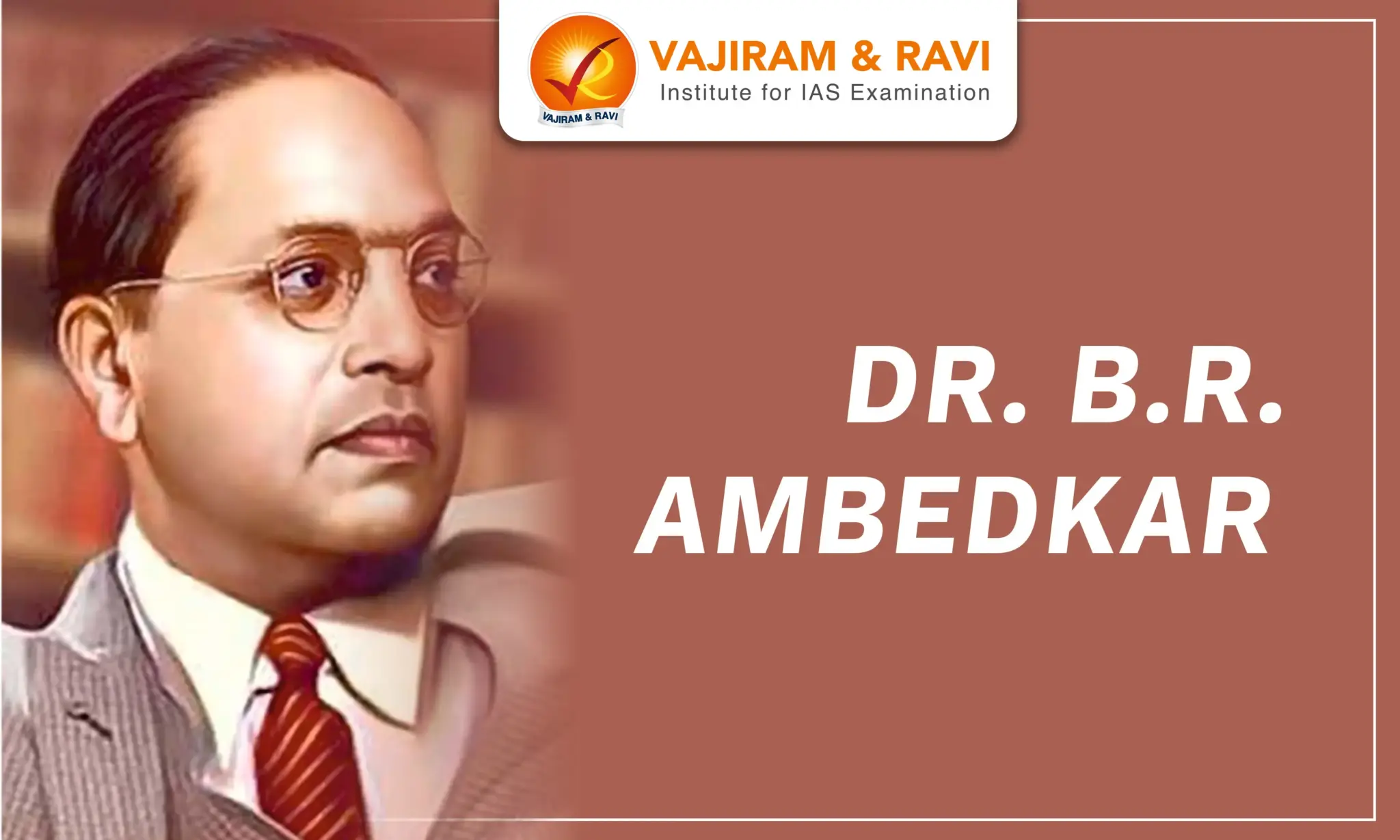Patronage of Buddhism
- Ancient Period:
- Emperor Ashoka: He played a major role in spreading Buddhism in India and beyond through his rock edicts and support for Buddhist institutions and missionaries.
- King Kanishka: He was a great Kushan ruler who convened the Fourth Buddhist Council and patronised the development of Mahayana Buddhism.
- King Milinda: He was a Bactrian Greek king who converted to Buddhism and became a disciple of Nagasena.
- Medieval Period:
- Pala Dynasty: It was a dynasty of Bengal that patronised the development of Mahayana Buddhism and supported the renowned Nalanda and Vikramshila universities.
- Srivijaya Empire: It was a maritime empire in Southeast Asia that patronised the spread of Buddhism throughout the region, particularly in Indonesia and Malaysia.
- Modern Period:
- Dalai Lama: He is the spiritual leader of the Gelug school of Tibetan Buddhism, who has been influential in promoting Buddhism and Tibetan culture worldwide.
- Chulalongkorn, King of Siam: He is a Thai monarch who supported the revival of Buddhism in Thailand and established the Buddhist Institute to promote Buddhist scholarship.
- B. R. Ambedkar: He was an Indian social reformer and politician who converted to Buddhism and advocated for the rights of Dalits, or the "untouchables," through Buddhism.
| Buddhist Centres of Learning: | |
| Nalanda University |
|
| Taxila University |
|
| Vikramshila University |
|
| Sarnath University |
|
| Mahabodhi Mahavihara |
|
| Other |
|
Important Buddhist travellers and scholars
- Fa-Hien: A Chinese Buddhist monk who travelled to India during the Gupta period(4th-5th century CE) and wrote a detailed account of his travels and the Buddhist sites he visited in his book "Record of Buddhistic Kingdoms".
- Hsuan Tsang: a Chinese Buddhist monk who travelled to India during the 7th century CE and spent several years studying at the ancient Buddhist university of Nalanda. He later wrote about his experiences in his book "Great Tang Records on the Western Regions".
- I-tsing (or Yi Jing): A Chinese Buddhist monk who visited India during the 7th century CE and also studied at the University of Nalanda. He wrote a detailed account of his travels and the Buddhist culture he encountered in his book "A Record of Buddhist Practices Sent Home from the Southern Sea".
- Kumarajiva: He was an Indian Buddhist scholar who travelled to China during the 4th century CE and played a significant role in translating Buddhist texts from Sanskrit into Chinese.
- Important Buddhist scholars: Nagarjuna, Asanga, Vasubandhu, Dignaga, Dharmakirti, Shantarakshita, Atisha, Padmasambhava, Tsongkhapa.
Buddhahood and Cycle of Buddhas
Buddhahood is the state of perfect enlightenment that is achieved by a Buddha, which is a fully awakened being who has attained complete liberation from suffering and the cycle of rebirth. In Buddhism, there is a belief in the cycle of Buddhas, which is the idea that there have been and will be many Buddhas throughout history.- Krakucchanda: According to Buddhist tradition, Krakucchanda was the first Buddha of the current age, known as the Bhadrakalpa. His teachings emphasised moral conduct, meditation, and the attainment of spiritual powers.
- Kankamuni: He was the second Buddha of the Bhadra Kalpa. He was born into a Brahmin family, and his teachings emphasised the cultivation of compassion and the practice of meditation.
- Kasyapa: He is also known as Kassapa and was the third Buddha of the Bhadra Kalpa. His teachings emphasised the importance of ethical conduct and the cultivation of wisdom.
- Sakyamuni: He is also known as Gautama Buddha. He is the fourth and most well-known Buddha of the Bhadra Kalpa. His teachings, known as Buddhism, emphasise the Four Noble Truths and the Eightfold Path as a means of University enlightenment.
- Maitreya: Maitreya is a bodhisattva who is believed to be the future Buddha of the next Bhadrakalpa. He is said to reside in the Tushita heaven and will be reborn on Earth when the teachings of the current Buddha, Sakyamuni, have been forgotten.
| Major Buddhist pilgrimage sites: | |
| Bodh Gaya
|
|
| Sarnath
|
|
| Kushinagar
|
|
| Sravasti
|
|
| Sanchi
|
|
| Ajanta and Ellora Caves
|
|
| Rajgir
|
|
| Vaishali
|
|
| Nalanda
|
|
| Dharamsala
|
|
Last updated on November, 2025
→ Check out the latest UPSC Syllabus 2026 here.
→ Join Vajiram & Ravi’s Interview Guidance Programme for expert help to crack your final UPSC stage.
→ UPSC Mains Result 2025 is now out.
→ UPSC Notification 2026 is scheduled to be released on January 14, 2026.
→ UPSC Calendar 2026 is released on 15th May, 2025.
→ The UPSC Vacancy 2025 were released 1129, out of which 979 were for UPSC CSE and remaining 150 are for UPSC IFoS.
→ UPSC Prelims 2026 will be conducted on 24th May, 2026 & UPSC Mains 2026 will be conducted on 21st August 2026.
→ The UPSC Selection Process is of 3 stages-Prelims, Mains and Interview.
→ UPSC Result 2024 is released with latest UPSC Marksheet 2024. Check Now!
→ UPSC Prelims Result 2025 is out now for the CSE held on 25 May 2025.
→ UPSC Toppers List 2024 is released now. Shakti Dubey is UPSC AIR 1 2024 Topper.
→ UPSC Prelims Question Paper 2025 and Unofficial Prelims Answer Key 2025 are available now.
→ UPSC Mains Question Paper 2025 is out for Essay, GS 1, 2, 3 & GS 4.
→ UPSC Mains Indian Language Question Paper 2025 is now out.
→ UPSC Mains Optional Question Paper 2025 is now out.
→ Also check Best IAS Coaching in Delhi
Buddhist Centres of Learning and Pilgrimage Sites FAQs
Q1. Who was Asanga?+
Q2. Are all Buddhas identical?+
Tags: buddhist centres of learning and pilgrimage sites quest

















